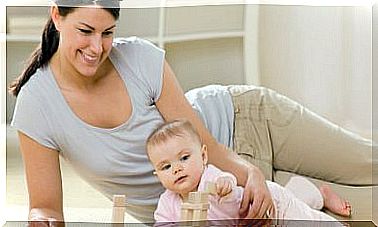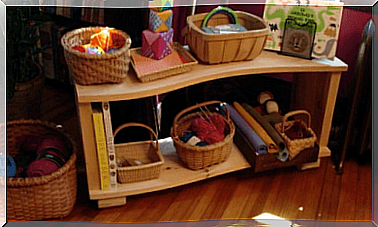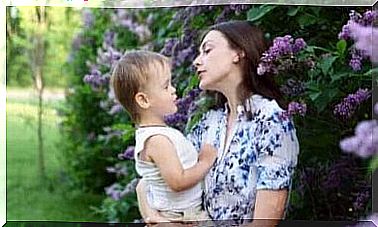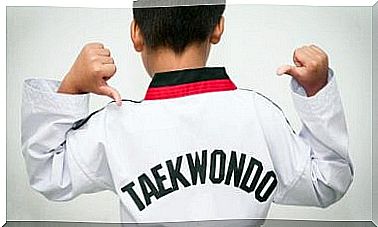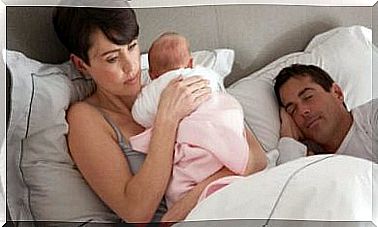What Is A Child’s Imagination And How Does It Develop?

If there is one thing that children excel at, it is their ability to use their imagination and create their own fantasy worlds. In this article, we examine the different stages of a child’s imagination and how to stimulate it.
Imagination and intuition are the most important qualities of our little ones. Fantasizing is part of a child’s activity every day.
Imagination is the most common, but at the same time the most extraordinary quality in children – it is their way of communicating with the outside world.
No matter what children’s reality may be, they will always have their own perception of it. A place where imagination takes them by the hand to guide them through a myriad of experiences.
Here we will discover the wonderful universe of a child’s imagination.
What is a child’s imagination?
The strange and abstract is what surrounds the definition of this word. Why? Because imagination is a concept where boundaries and logic do not exist.
It comes from the children’s impulses and constant need to expand their cosmos… It goes beyond what is known, and what can be seen and experienced.
Children’s imagination is at its peak when they create original and ingenious ideas, when they can “think further”.
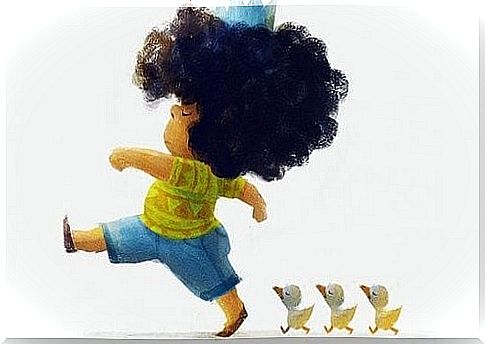
Properties of a child’s imagination
Imagination consists of two factors. One is the outer (the children’s environment) and the other the inner (their impression of the world).
These two factors develop when children acquire knowledge. They also help children learn and establish relationships.
That’s why we can see their imagination in full swing when they play, tell stories, eat or dress up. Their perception and subjectivity are some of the most remarkable features of their imagination.
Different kinds of fantasies
One usually distinguishes between imagination that derives from the child’s perception and reconstruction of his world and imagination that arises entirely through the imaginative function of thought.
The latter is not connected to the environment. Although the two types are related, it is important for us to distinguish between them as they develop during different stages of childhood.
Fantasies based on the environment are still present (but not so obvious) in a teenager’s life, while the imagination created entirely by the child himself disappears a little earlier in childhood. That is why it is so important for children to enjoy it during their early years.
The development of a child’s imagination
Children’s brains are very complex because all the connections and synapses that will be made for the rest of their lives are being formed. The compounds that are often used will be strengthened while the others slowly fade.
This is why many studies show the importance of the first three years of a child’s life. This is the perfect time to shape many different experiences during their childhood.
Experiences such as listening to music in different languages, reading, playing, walking or other activities that benefit the development of brain programming are recommended. This stimulus will in turn help to develop their imagination.
The way in which imagination develops in infants is quite difficult to define. The performance begins to develop when we expose children to scenarios where they can recognize themselves as the main characters.
This could be, for example, when a parent or teacher uses imagination to tell stories. This will help strengthen the brain to create “fantasy synapses”.
Children’s imagination from 1 to 3 years of age
Children’s imagination at this age is largely based on imitation. Therefore, their first experiences with imagination will be imitations of what is happening around them.
When your dog barks, they also want to bark. This type of imitation helps them develop their imagination.
Children’s imagination in preschool age
During this stage, archetypal patterns begin to be seen in their games. For example, some children will play mother-father-child, feed, bathe and take care of their dolls as if they were real children.
Children’s imagination in school age
During this stage, their instinct for the social opens the doors to group games. In this way, the children can fantasize together. Curiosity about new experiences is their main driving force.
Imaginations in school children are not centered around imitation because they can now fantasize wilder and freer. Their imagination at this stage will be more abstract.
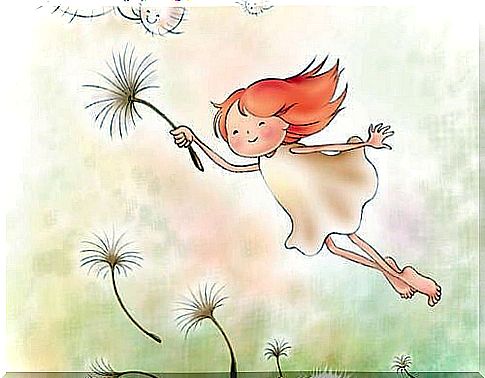
Imagination in autistic children
One of the characteristics of autism is a resistance to learning. As a result, autistic children avoid reality by living in an imaginary world every day.
The way in which autistic children fantasize is much more complex. It is also less obvious because in some cases they lack language and motor skills to express themselves.
Their imagination can be quite different because it stems from logic and cause. The way they fantasize is still a subject being studied in neuroscience.
How do you increase your children’s imagination?
- Teach your children to be themselves.
- Let them explore their abilities.
- Teach them to discover new things.
- Use games to stimulate their imagination.
Lack of imagination
If children lose their self-confidence, do not receive encouragement and are forced into rigorous patterns at home or at school, it can lead to the catastrophic loss of imagination.
Parents can also diminish their children’s imagination if they constantly critically evaluate their creations and achievements or if they do not give them the freedom to create without logic.
To avoid this, it is important to let children discover freely. Let them have the freedom to choose what they like and enjoy.
This will help them regain their confidence and in the end it will help their imagination to get wings and fly high.

